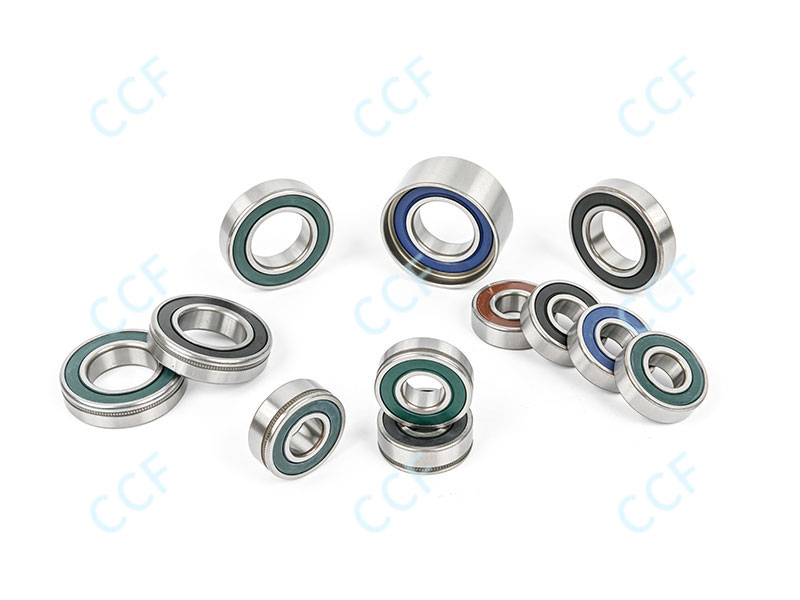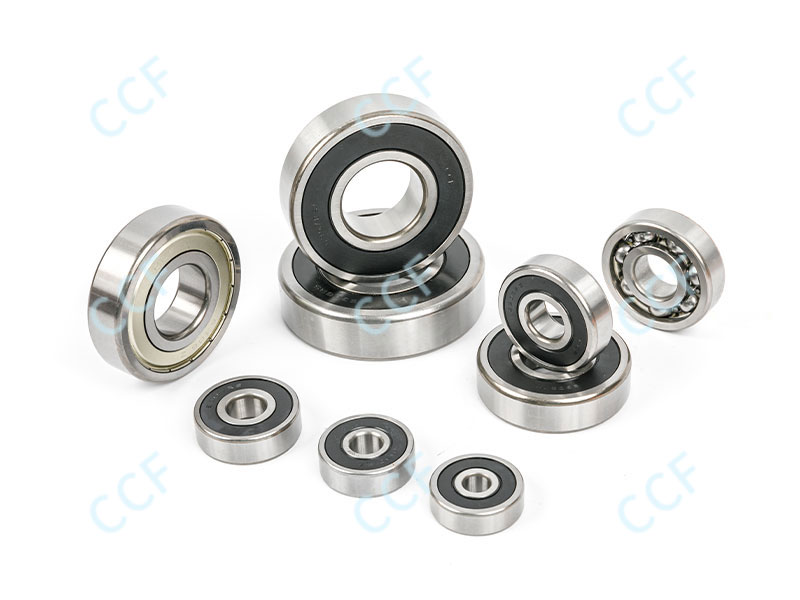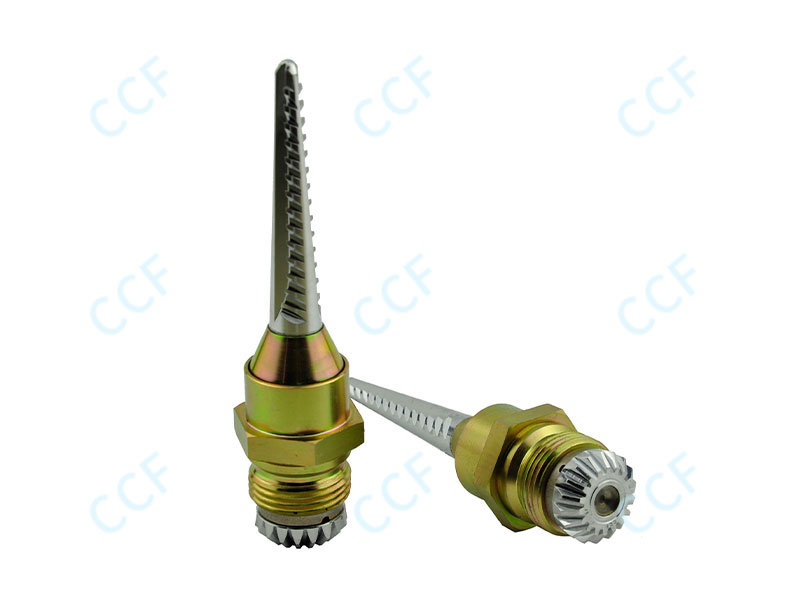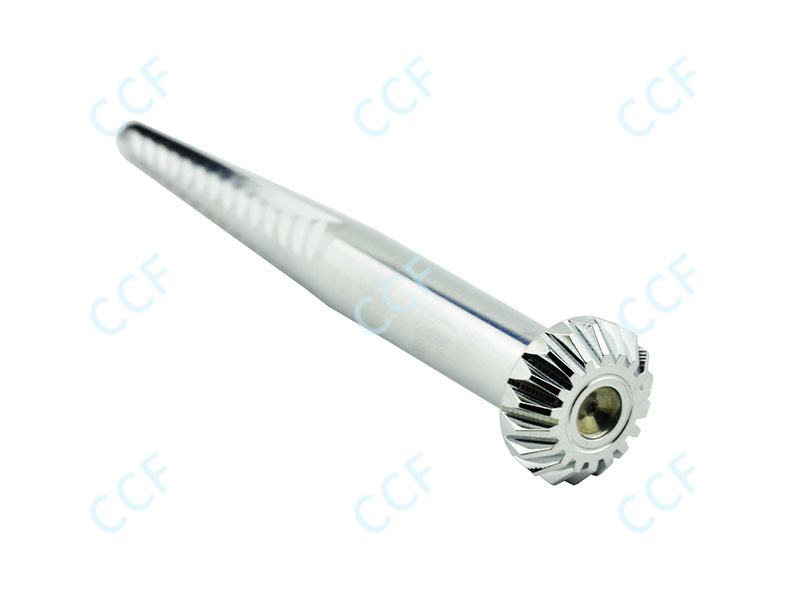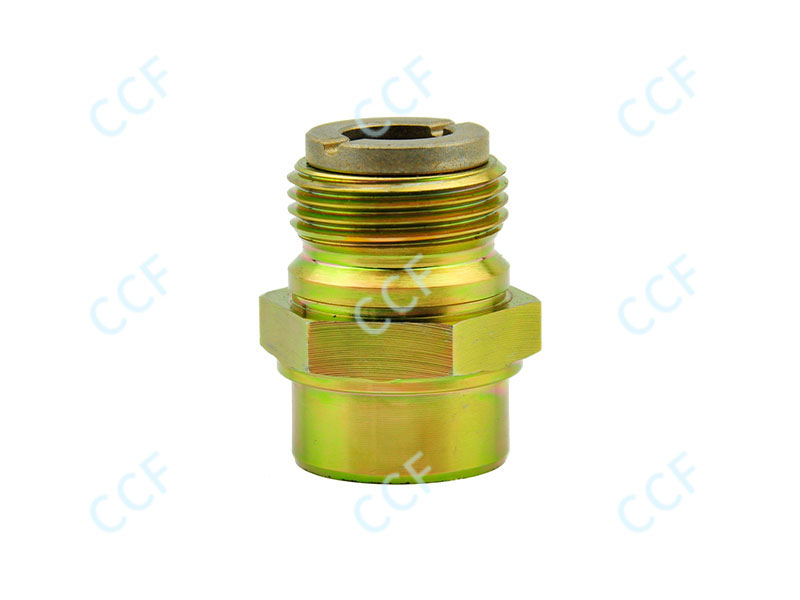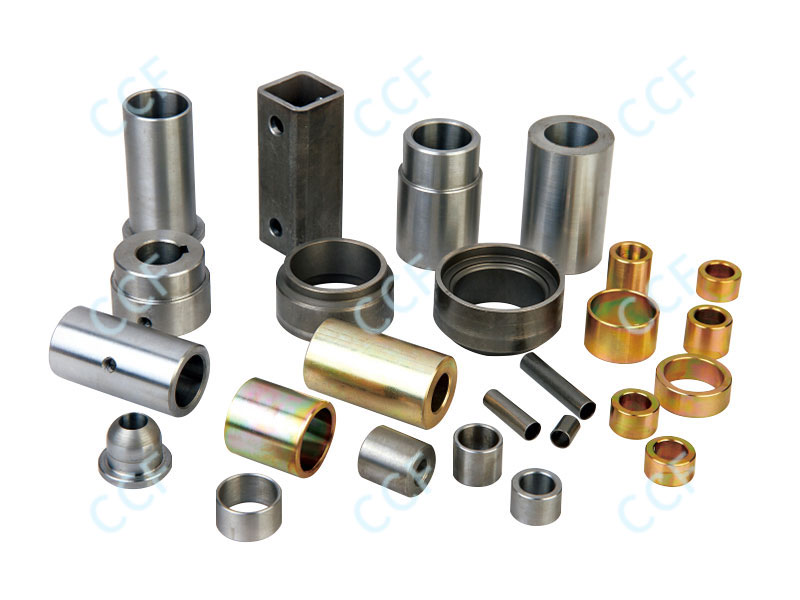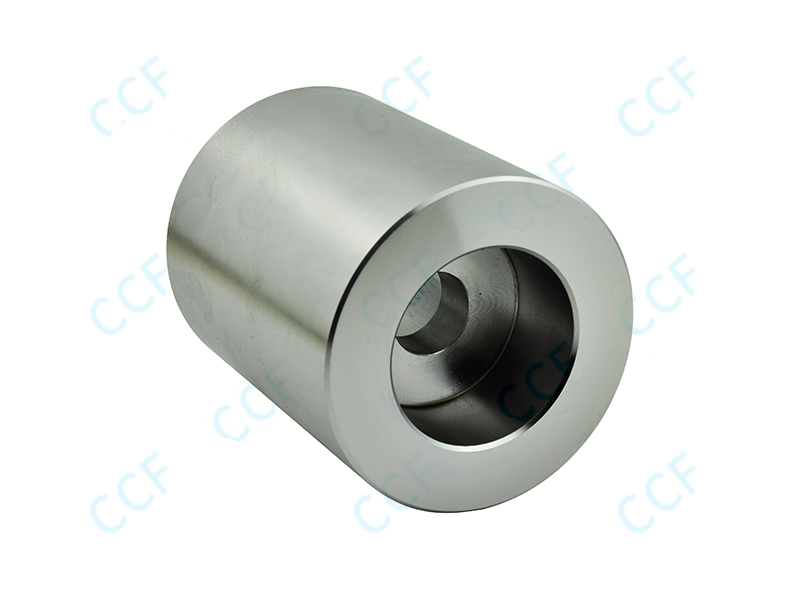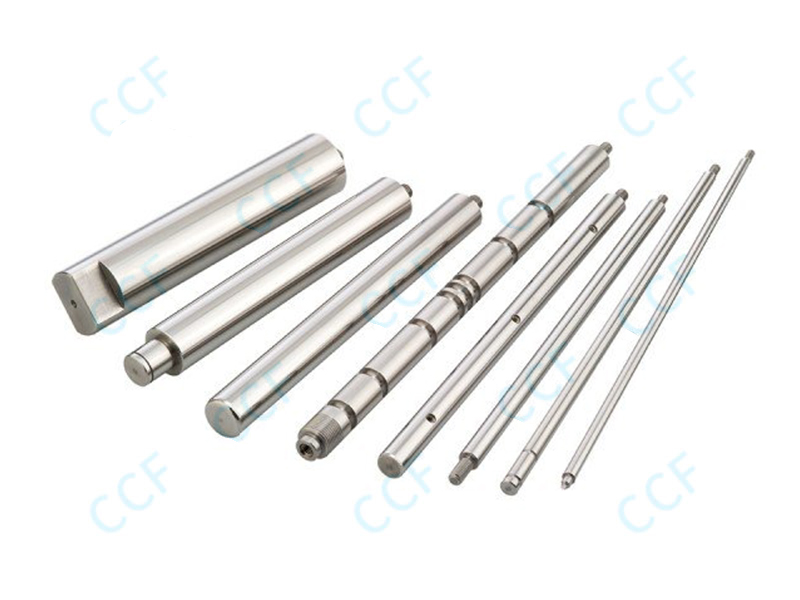Hollow Shaft, as an indispensable key component in mechanical engineering, the sophistication of its manufacturing process directly affects the performance and service life of the shaft. The manufacturing of Hollow Shaft begins with the selection of materials. According to the use environment and performance requirements of the shaft, suitable metal materials such as stainless steel, alloy steel, etc. will be selected during manufacturing. After the material is selected, pretreatment is required, including cleaning, rust removal, drying and other steps to ensure the cleanliness of the material surface and lay a good foundation for subsequent processing.
1. Casting and forging
Casting is a commonly used process in the manufacture of Hollow Shaft. Through the casting mold, the molten metal liquid is poured into the mold, and a shaft body with a hollow structure is formed after cooling and solidification. The casting process can produce hollow shafts with complex shapes and precise dimensions, which are suitable for mass production. Castings may have defects such as pores and shrinkage, which need to be improved through subsequent heat treatment or machining. Forging is another important manufacturing process, which heats, pressurizes and deforms the metal billet to form a shaft body with a hollow structure. The forging process can improve the strength and toughness of the hollow shaft and improve its internal structure, but the forging process has high requirements for equipment and technology, and the production cost is relatively high.
2. Machining
Whether it is a casting or a forging, it needs to be machined to meet the final design requirements. Machining mainly includes turning, milling, drilling, boring and other processes.
Turning: used to process the outer cylindrical surface of the hollow shaft to ensure its dimensional accuracy and surface roughness.
Milling: used to process characteristic parts such as shaft end faces and keyways.
Drilling and boring: It is the key process to form the hollow structure inside the hollow shaft. By accurately controlling the feed rate and speed of the tool, the dimensional accuracy and surface quality of the inner hole can be ensured.
4. Heat treatment
Heat treatment is an important means to improve the performance of Hollow Shaft. Through heat treatment processes such as annealing, normalizing, quenching, and tempering, the internal stress generated during casting or forging can be eliminated, the grains can be refined, and the hardness and wear resistance of the material can be improved. Heat treatment can also improve the dimensional stability and fatigue resistance of the hollow shaft.
3. Surface treatment
The last step is surface treatment. According to the use requirements, the hollow shaft can be subjected to surface treatments such as sandblasting, shot peening, electroplating, and spraying. These treatments can improve the corrosion resistance, wear resistance, and aesthetics of the shaft.
The manufacturing process of Hollow Shaft is a complex and delicate process. From material selection and pretreatment to casting, forging, machining, heat treatment, and surface treatment, multiple links require strict control of quality and technical parameters. Only in this way can hollow shaft products with excellent performance and reliability be produced. With the continuous advancement of science and technology and the continuous innovation of manufacturing processes, the manufacturing process of Hollow Shaft will continue to develop in a more efficient and precise direction.
